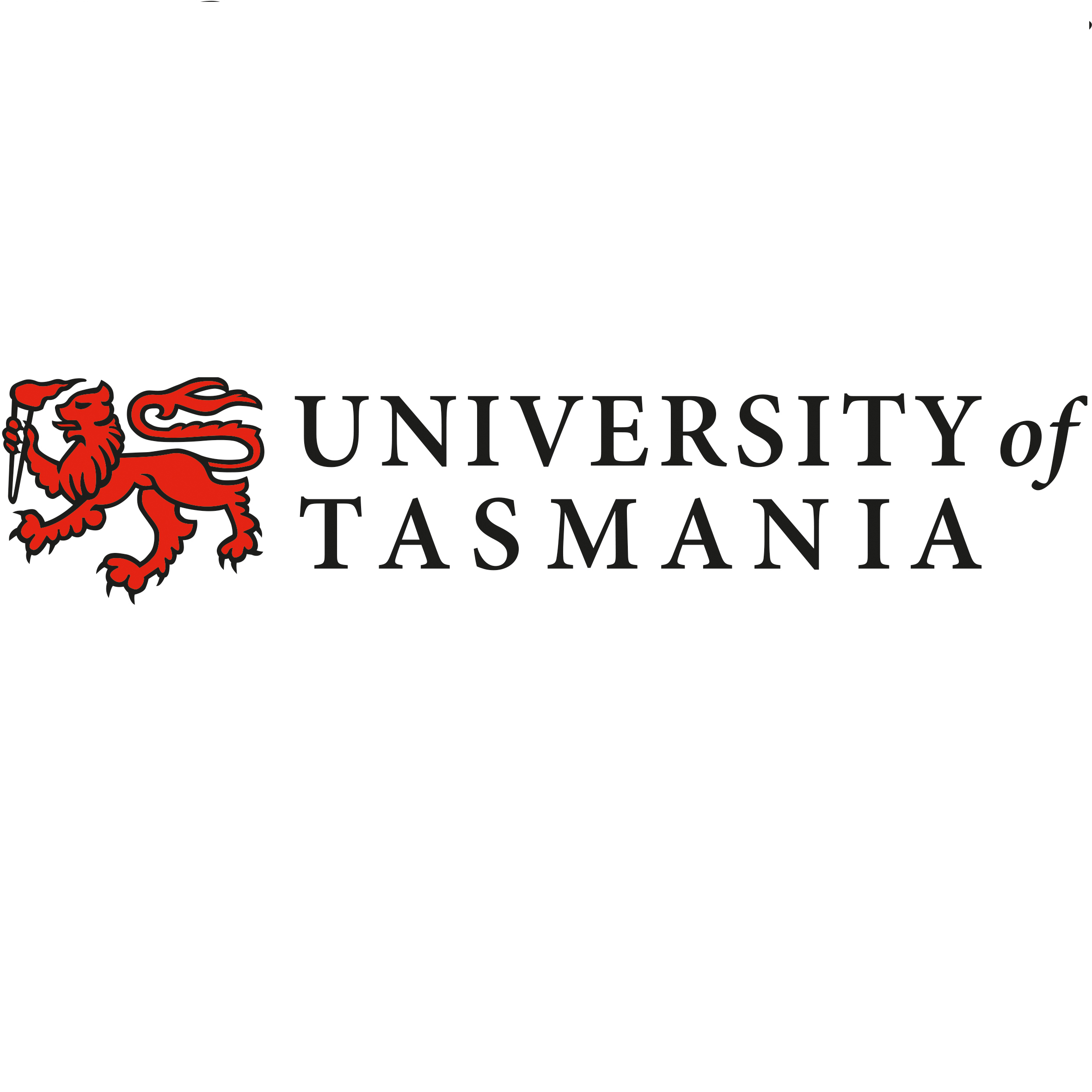Full description
The population of southern right whales in the Southern Hemisphere has been recovering slowly from near extinction due to its decimation from whaling before its ban in 1935 and cessation in the mid-1970’s. As the species recovers, there is increasing evidence of expansion of aggregation areas, including breeding grounds off the coast of Australia. Consequently, there is a need to update known southern right whale established aggregation areas recognised nationally as Biologically Important Areas (BIAs), as well as the national Southern Right Whale Conservation Management and Recovery Plan, which are both used in decision-making using new evidence.This project collated over 2,000 images collected entirely opportunistically by researchers, volunteer citizen scientists, and whale watch operators, and completed matching of individually identifiable whales in photos (i.e., Photo-ID) between 1991 to 2021 in the southwest corner of Australia to evaluate abundance, residency, site fidelity and connectivity in this historically data limited region. The results are reported in the NESP report for Project 1.22 ("A photo-identification study of southern right whales to update aggregation area classification in the southwest of Australia"). A goal of this project was also to upload unique individual southern right whale Photo-IDs into the Australasian Right Whale Photo-Identification Catalogue (ARWPIC; AMMC 2021). The process for these Photo-IDs are briefly described here.
Lineage
Maintenance and Update Frequency: none-plannedNotes
CreditThis work was undertaken for the Marine and Coastal Hub, a collaborative partnership supported through funding from the Australian Government’s National Environmental Science Program (NESP). The authors acknowledge the Wadandi People of the Noongar Nation as the traditional custodians of the lands and waters on which the research took place. In addition, this research not only used photographs collected by the authors, but also the following individuals and organisations: Naturaliste Charters, Blair Ranford, Ian Wiese, Bruce King, Frank Eckler, Jennifer Baker, Jen Gill, Kate Sprogis, Mich Kennedy, Pia Markovic, Rod Peterson, Heidi Taylor and Therese Sayers. Communications and coordination with the WA Department of Biodiversity, Conservation and Attractions (DBCA) has facilitated opportunities for obtaining additional images. DBCA has also provided the Ngari Capes Marine Park ArcGIS shapefile used to create some maps presented in this report.
Data time period: 1991-01-01 to 2021-01-12
User Contributed Tags
Login to tag this record with meaningful keywords to make it easier to discover
(DATA ACCESS - view whale ID images in ARWPIC catalogue)
uri :
https://data.marinemammals.gov.au/arwpic/![]()
global : 435a4b98-d5f8-48be-8b9c-79812afd094d
ror :
05jhnwe22![]()
ror :
05jhnwe22![]()
Project RAiD
raid :
10.71676/c5f48398![]()
- DOI : 10.25959/C6YA-AS94

- global : 195599c9-8014-4bfe-9007-907788fb6644


